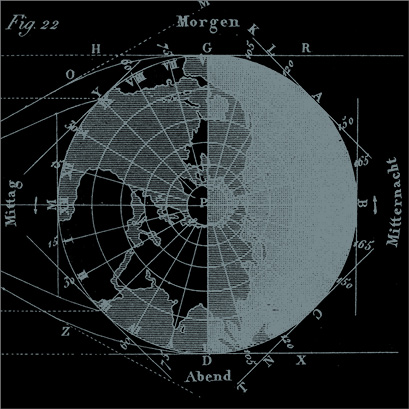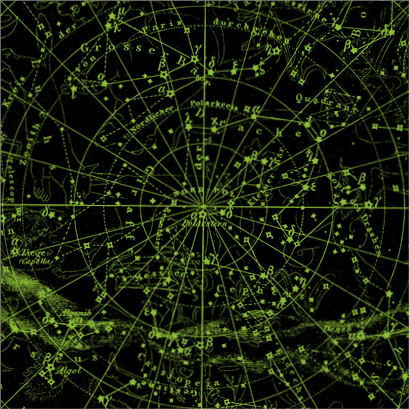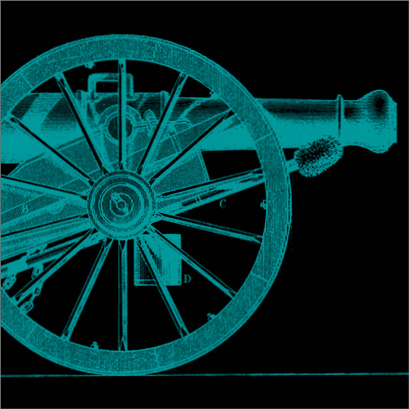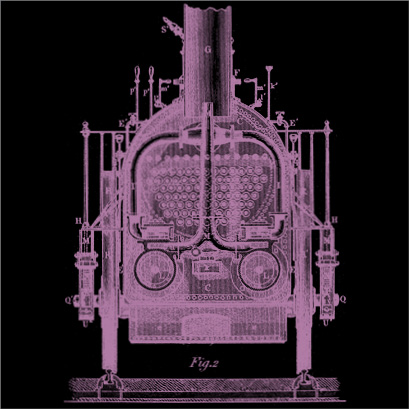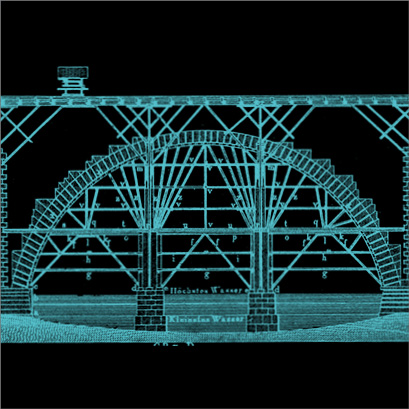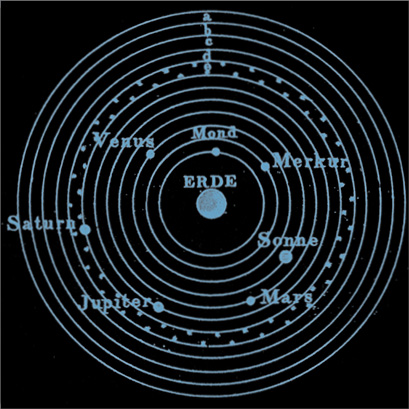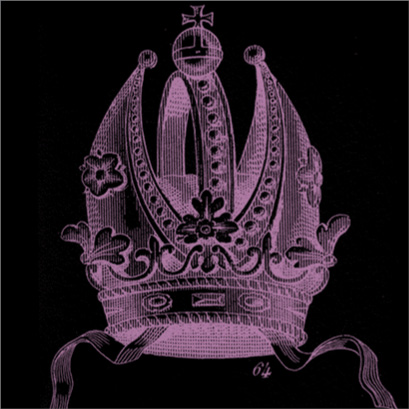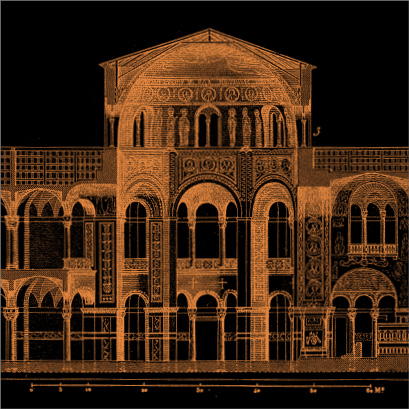Vision Series 12: The Nautilus
THE VISION SERIES![]() A GBD MICROSITE
A GBD MICROSITE
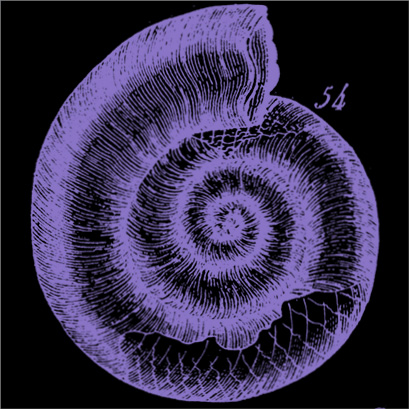
“Nature uses only the longest threads to weave her patterns, so that each small piece of her fabric reveals the organization of the entire tapestry.”
Richard P. Feynman
![]()
FACTS ABOUT VISION: Blue or Green Eyes Can Be a Recessive Gene
You already know that brown is the most common eye color and that brown eyes are caused by a dominant gene. While blue or green eyes may not be dominant, and therefore don’t occur as often, they can be recessive. This means that even though a child is born to parents with brown eyes and he or she also has brown eyes, they may still carry the blue or green eye gene. As a result, their children or grandchildren may end up with green or blue eyes. [A]
![]()
BOOKS ABOUT EYES: “Frederic Remington and the West: With the Eye of the Mind”
by Ben Merchant Vorpahl, University of Texas Press, 1978
Frederic Remington and the West sheds new light on the remarkably complicated and much misunderstood career of Frederic Remington. This study of the complex relationship between Remington and the American West focuses on the artist’s imagination and how it expressed itself. Ben Merchant Vorpahl takes into account all the dimensions of Remington’s extensive work—from journalism to fiction, sculpture, and painting. He traces the events of Remington’s life and makes extensive use of literary and art criticism and nineteenth-century American social cultural and military history in interpreting his work. Vorpahl reveals Remington as a talented, sensitive, and sometimes neurotic American whose work reflects with peculiar force the excitement and distress of the period between the Civil War and the Spanish-American War. Remington was not a “western” artist in the conventional sense; neither was he a historian: he lacked the historian’s breadth of vision and discipline, expressing himself not through analysis but through synthesis. Vorpahl shows that, even while Remington catered to the sometimes maudlin, sometimes jingoistic tastes of his public and his editors, his resourceful imagination was at work devising a far more demanding and worthwhile design—a composite work, executed in prose, pictures, and bronze. This body of work, as the author demonstrates, demands to be regarded as an interrelated whole. Here guilt, shame, and personal failure are honestly articulated, and death itself is confronted as the artist’s chief subject. [B]
[A] The facts above are from the Magruder Eye Institute.
[B] The books noted are from a list by BiblioVault.



